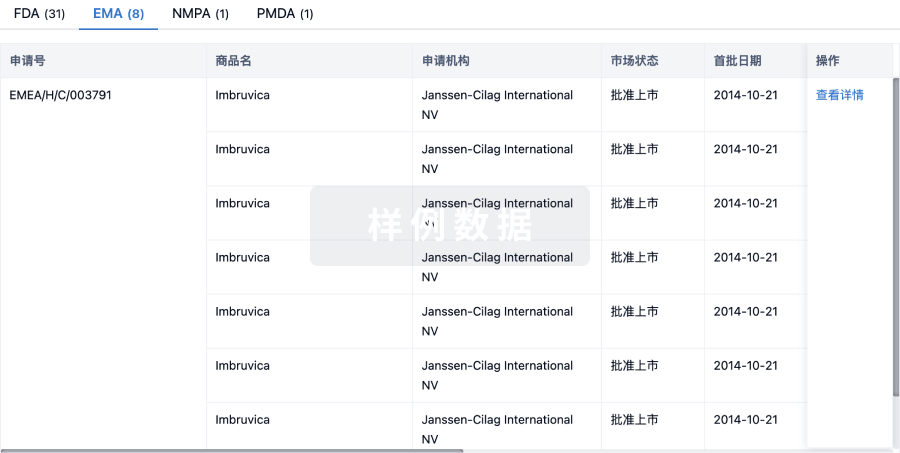The aim of this study was to compare the cost effectiveness of micronised fenofibrate 200 mg and simvastatin 20 mg in the treatment of type IIa and IIb hyperlipidaemia. In a retrospective analysis, data from 2 randomised controlled clinical trials were evaluated. The results show that micronised fenofibrate has a better short term cost effectiveness than simvastatin. The costs per successfully treated patient with hyperlipidaemia over a 12-week period were [in Deutschmarks (DM); DMI = $US0.66, April 1995] DM537 for fenofibrate and DM809 for simvastatin. When the data were analysed according to type of hyperlipidaemia (classification of Frederickson), there were only small differences between both test drugs (DM450 for fenofibrate, DM517 for simvastatin) in patients with type IIa because simvastatin had higher response rates which, in part, compensated for the higher acquisition cost. However, response rates in patients with type IIb hyperlipidaemia were higher for fenofibrate, which led to a substantial cost advantage for this agent (DM768 for fenofibrate, DM2080 for simvastatin). These results were confirmed by various sensitivity analyses, including the assessment of drug monitoring programmes (postmarketing surveillance) to validate response rates and the total costs of the therapy. In this study, we evaluated the total costs of a 12-week period of therapy, not the costs per day. The results are based on actual clinical data and not just on theoretical models. The study underlines the necessity to differentiate between the types of hyperlipidaemia when performing a pharmacoeconomic analysis of lipid-lowering treatments.






